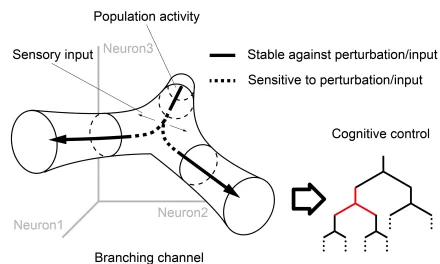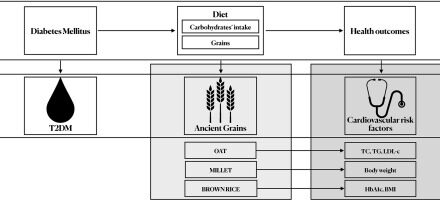The recently published framework for monitoring and evaluation (M&E) presents a methodology for planning, participation and evaluation. It shows how the shifts described in the road map for neglected tropical diseases (NTDs) will come about and how to measure progress towards reaching the 2030 goals and targets.
Panellists also spoke of the importance of tracking performance through cross-cutting indicators that show “what gets measured gets done”. Examples of efficient and sustained M&E were highlighted, such as those for global schistosomiasis; water, sanitation and hygiene (WASH) programmes; and rabies and One Health. The lessons learnt from these M&E activities should be incorporated into other disease sectors.
Panellists shared country experiences on how community-level involvement and social media can help improve data sharing. The webinar also discussed how the harmonization of disease activities, integrated surveillance, evaluation methodologies, efficient information systems and good M&E practices can reduce costs and avoid duplication. The importance of creating an efficient common data set for NTDs was highlighted.
Speakers discussed M&E as an integral part of all NTD programmes – never an afterthought. Accurate data generation and dissemination can bring numerous advantages, including expanding and incentivizing the global partnership for NTDs through timely, efficient data sharing, and improving collaboration through a centralized WHO Global Data Hub that helps everyone work in a synchronized manner.
If you were unable to attend the webinar, you can access the recording on YouTube: https://www.youtube.com/watch?v=X9TnNa68W8k












